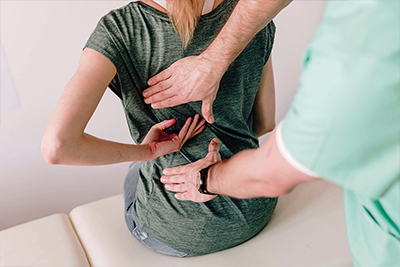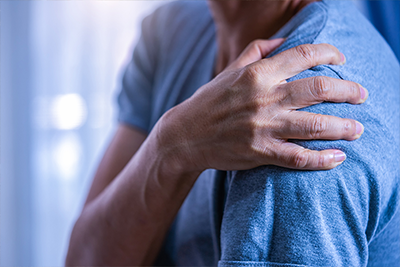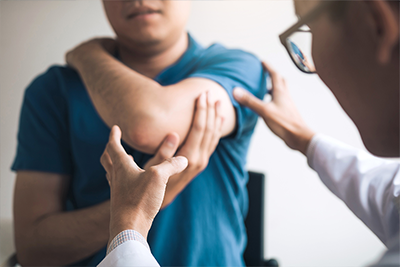Your sleeping habits and the way you sleep could be causing you unnecessary aches and pains. We are told time after time that we should be sleeping flat on our backs, but many of us have already developed habitual sleeping patterns, which are hard to get out of. However, if you suffer from neck or shoulder stiffness, muscle tension or more commonly back pain, you might want to think twice about curling up into a ball next time you reach for the sheets.
Incorrect alignment and poor support of your spine and limbs will put pressure on different areas of the body, which is why you may sometimes wake up with pain or discomfort.
Your spine also plays a huge role in sending nerve signals around the body; delicate nerve tissues help control your critical organs, so any damage to these tissues can lead to problems affecting impairment in balance, vision, temperature regulation, digestion and hormonal regulation problems.
Follow these sleeping tips and give your back a break:
- Refrain from sleeping on your stomach. This causes your spine to arch unnaturally and usually results in both back and neck stiffness
- Laying on your back or side is the ideal position. However to perfect your alignment try to use an orthopaedic pillow to give your neck adequate support
- If you sleep on your side, consider placing a pillow in-between your knees for support. This prevents your back and pelvis from twisting
- If you sleep on your back, consider placing a pillow under your knees. This will take the tension off your lower back
- Acknowledging and correcting your posture throughout the day will help you find ease when it comes to sleep
Importantly, remember that an underlying neck can cause poor quality sleep or back problem causing increased muscle tension. So if you are experiencing poor sleep, see a chiropractor to have your neck and back checked.
Related Articles
- Getting a Good Night’s Sleep When You Have Back or Joint Pain
- Lower Back Pain with Numb Leg
- Nerve Pain in Hip: Symptoms & Treatment
- How To Relieve Pain From a Trapped (Pinched) Nerve
- 8 Signs You Need to Visit the Chiropractor




























